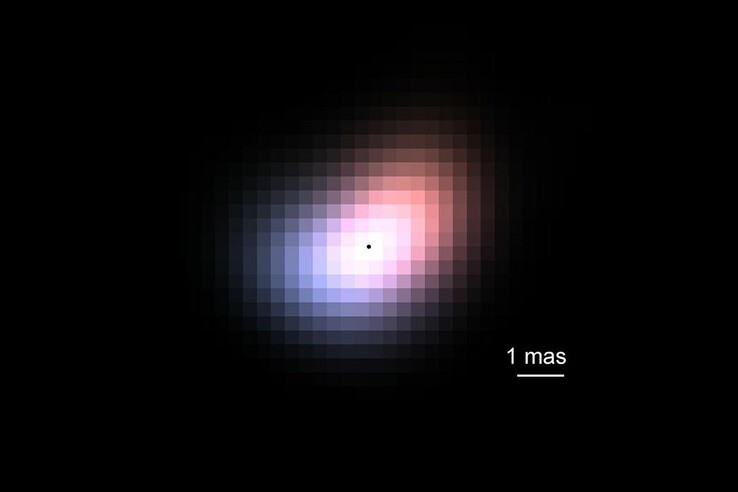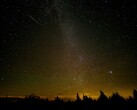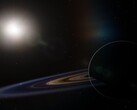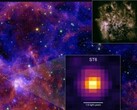Astronomers have had to rely on the size of a telescope to get detailed views of distant objects. The bigger the size of the telescope’s aperture, the sharper the image. Linking telescopes in arrays has also aided in providing sharp images.
This discovery provides a novel way of capturing higher-quality images. The technique involves the use of a device called a photonic lantern. The device splits the light collected by the telescope into multiple channels. The light is split based on the shape of the wavefront. It is further split by color. Computational techniques then reconstruct a high-resolution image from the photonic lantern outputs.
To demonstrate the effectiveness of this method, a team of astronomers led by a UCLA researcher has used the photonic lantern to view hidden structures of the star Beta Canis Minoris. Beta Canis Minoris is located in the constellation Canis Minor and is about 162 light-years away from Earth. The astronomers used this novel imaging technique to confirm the rotation of the star’s surrounding disk. They also observed something else — the lopsided shape of the star’s disk.
This work demonstrates the potential of photonic technologies to enable new kinds of measurement in astronomy. We are just getting started. The possibilities are truly exciting. — Nemanja Jovanovic, co-leader of the study at the California Institute of Technology.
Source(s)
The Astrophysical Journal Letters via UCLA Newsroom
Image source: NASA Hubble Space Telescope






















